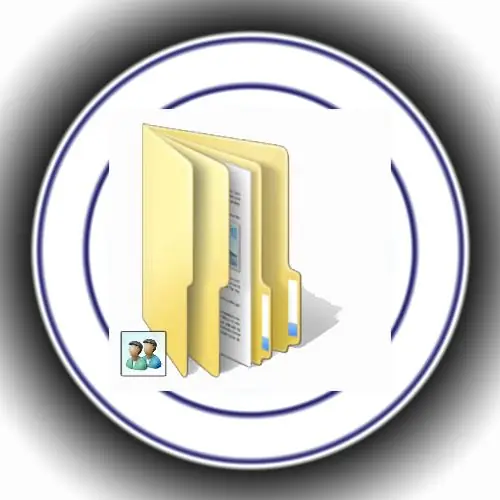A network drive is a virtual logical drive that is created by a user on his system to facilitate the use of a shared folder located on another computer on the local network. This is the main purpose, but as a network drive, you can connect, for example, peripheral storage devices connected to a computer, and also use it in any other convenient way.

Instructions
Step 1
Run the Map Network Drive Wizard. You can do this in at least five ways. You can select the "Map network drive" item in the context menu that appears when you right-click on the "Network Neighborhood" icon on the desktop. You can do the same with the My Computer shortcut. You can open the main menu on the "Start" button and use the items "Network Neighborhood" and "My Computer" placed there, right-clicking on which opens a context menu with the same item "Map network drive" there. You can start Windows Explorer using the win + e hotkeys, open the Tools section in its menu and select the Map Network Drive command there.
Step 2
Select a letter to designate the mapped network drive in the drop-down list in the Drive field of the Connection Wizard window. Then enter the address of the directory you want to connect in the "Folder" field. This can be done manually, you can go to the desired folder in the "Explorer" and copy the path to it in the address bar, or you can click the "Browse" button, find the desired folder in the window that opens and click on the "Open" button.
Step 3
Check the box "Recover at logon", and then each time the computer is turned on, the operating system will automatically mount the folder, updating the information about its contents. Then click on the "Finish" button. The wizard will perform the necessary actions, and the procedure for connecting a network drive will be completed.
Step 4
There is also a slightly different connection method from the one described above. Having opened the necessary folder through "Explorer" or Network Neighborhood, right-click on it and in the drop-down menu select the same command "Map network drive". In this case, the connection wizard will also start, but there will be no need to specify the address of the connected resource. Fill in all other settings in the same way as described in the previous steps.






